How to Disable UAC For a Specific Program [5 Ways]
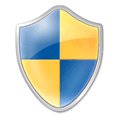
Whether you like the User Account Control (UAC) feature in Windows Vista, 7, 8, and 10 or not, you should have it enabled if possible. This is because it’s capable of blocking some actions by malware such as adding itself to global startup, adding or modifying files in important folders, installing rogue software processes and etc. There are certainly weaknesses in UAC and there are ways to bypass its restrictions on a system, but not all malware is capable of doing that which is where UAC can work.
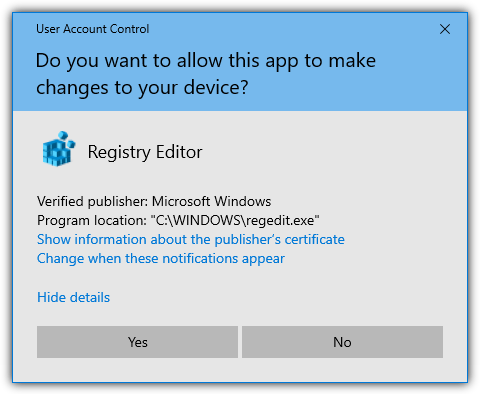
Unfortunately, the effectiveness of UAC will probably diminish over time for many users. They will probably just end up pressing Yes to allow access without even looking at what is asking to run because the prompt appears so often. Power users will no doubt find UAC extremely annoying and it’s the first thing that many will disable after installing Windows. However, it’s better for everyone to keep UAC on if they can.
If you have UAC enabled it can be quite annoying when you use a piece of software often and every time you run it, the UAC prompt appears. The program is perfectly safe, you’ve run it several times, and yet Windows keeps asking. Thankfully, there are ways around this problem to stop the UAC prompt from appearing for programs you specify and trust, here’s a selection of ways you can do it.
Note: These methods are specifically for administrators with User Account Control enabled to disable the prompt for specific programs. They are not for bypassing UAC on standard user accounts. Also, please make sure you are certain the program you want to disable UAC for is safe. It could damage your system if you willingly allow an unsafe program to bypass UAC.
1. Winaero Tweaker (Formerly ElevatedShortcut)
ElevatedShortcut is a standalone program from 2010 that was discontinued and incorporated into the developer’s other software, Winaero Tweaker. It brings compatibility with Windows 10 and you also get a Windows tweaking tool with hundreds of options. A portable version of Winaero Tweaker is available if you select “Portable mode” when running the installer.
The Elevated Shortcut function allows you to create a Windows shortcut to elevate the privilege level of the program you’re trying to run. It’s done using a Windows scheduled task created with the “Run with highest privileges” option set. The program is elevated quietly so you receive no UAC prompts.
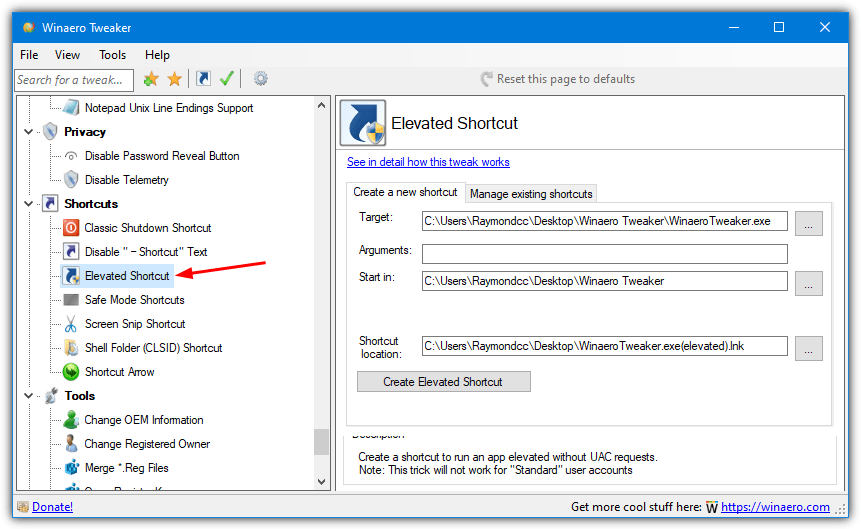
Run Winaero Tweaker and the Elevated Shortcut option is near the bottom in the Shortcuts tree. Type “elevated” into the search box if you can’t find it. Browse for the target executable, add optional arguments for the executable, change the starting folder if required, then choose the destination for the shortcut to be created (Desktop is the default). Finally, click “Create Elevated Shortcut”.
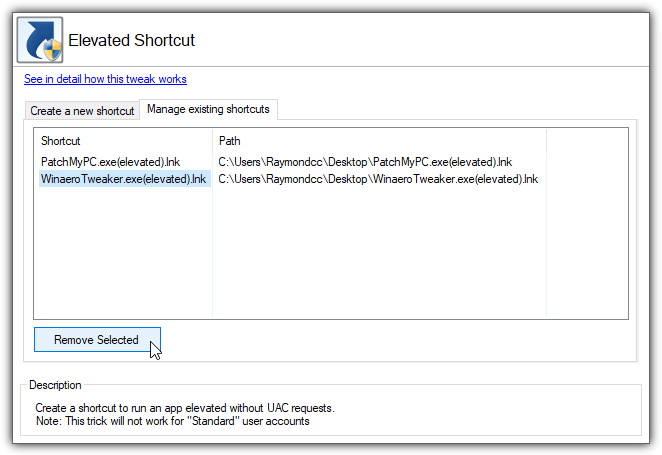
It’s best to click on the Manage Existing Shortcuts tab in Winaero Tweaker and remove selected shortcuts from there instead of just deleting the shortcut. That way, the task will also be removed. ElevatedShortcut is no longer available from the developer but still works for Windows 7 and 8. It also has a couple of extra options not in Winaero Tweaker such as context menu shortcuts and modifying existing shortcuts.
Download Winaero Tweaker | ElevatedShortcut
2. UAC Pass
UAC Pass is a small and portable executable created in the Autoit scripting language that creates a UAC promptless shortcut on your desktop with drag and drop. Similar to Winaero Tweaker above, this is made possible by adding the application to the Windows Task Scheduler automatically and the shortcut runs the task with high privileges.
There are some preset options in UAC Pass that allow you to create a shortcut for different scenarios such as a USB drive, a Windows startup entry, and on the desktop. You can also allow multiple instances, create a batch file, use relative paths, and pin a shortcut to the Start Menu or Taskbar. For most situations, the default preset of creating a desktop shortcut will be the most useful.
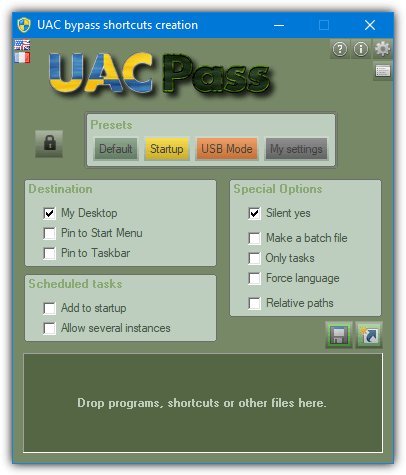
All you have to do is drop a program or shortcut onto the window and it will automatically create a scheduled task and then create the shortcut at the chosen location. Before you delete a created shortcut, drop it onto the window of UAC Pass which will delete the scheduled task. There is also a window to show and delete tasks if you press the button below the settings button (second button down, top right).
Do note that the Pin to Start Menu and Pin to Taskbar options don’t work in Windows 10 but they work fine in Windows 7. There are five skin colors for UAC Pass in the settings but they are sadly all pretty bad. However, you might find something other than the default green more readable.
3. RunAsRob
Besides RunAsRob, Robtronic has some other useful tools centered around account permissions and UAC. RunElevated forces any application to request elevated privileges while RunAsSpc starts programs as another user with advanced options. RunAsRob itself is multi-purpose and can run programs as other users, as a service, and also over a network.
RunAsRob works by installing itself as a standard Windows service that can then be used to quietly launch other software that normally requires a UAC prompt. In the Zip archive, there are separate 32-bit and 64-bit versions and each folder contains three executables. Launch RunAsAdmin.exe to get started.
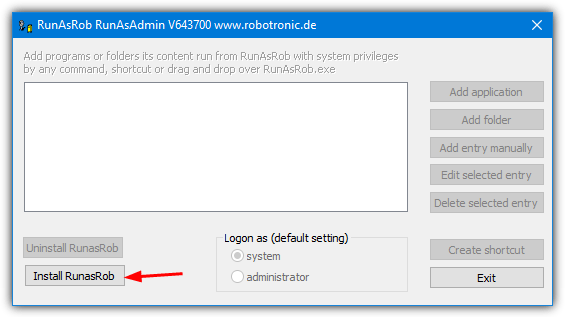
Firstly, press the “Install RunasRob” button to install the service otherwise you can’t disable the UAC prompt. Then press “Add application” and browse for the executable file or script. Click the just added entry to highlight it and then press “Create shortcut” and finally Exit. Leave “logon as” at the default of System as administrator will simply show an error saying you are already an admin.
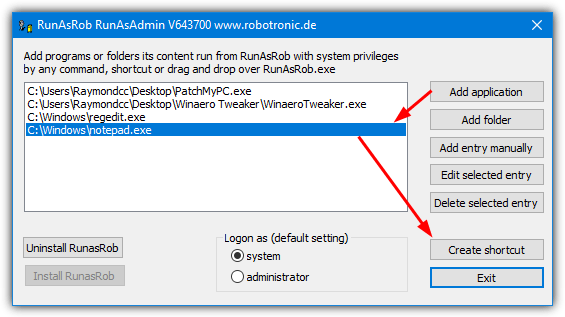
A slight drawback is the created shortcut appears in the RunAsRob folder with a RunAsRob default icon. Copying the executable’s icon and placing the shortcut on the desktop would have been nice but it’s not a big deal and both things can easily be rectified. A much bigger annoyance is the random popping up of a nag window that reminds you RunAsRob is free for private use only and must be purchased for business use.
4. UAC Trust Shortcut
UAC Trust Shortcut allows you to disable User Account Control for a specific application. This program works in a similar way to RunAsRob by using its own service to elevate the program instead of a scheduled task. Windows 10 users will need to have .NET Framework 3.5 installed or it will be offered during installation.
To create a trusted shortcut, go to Start and click on the “UAC Trust Shortcut 1.0” icon. A window will appear where you can add the name of the program that you want to allow and browse for the program executable. Click “Add another program” to start if the options are grayed out, click the small “Add now” link when the options have been entered. The trusted shortcut will be added to the Desktop.
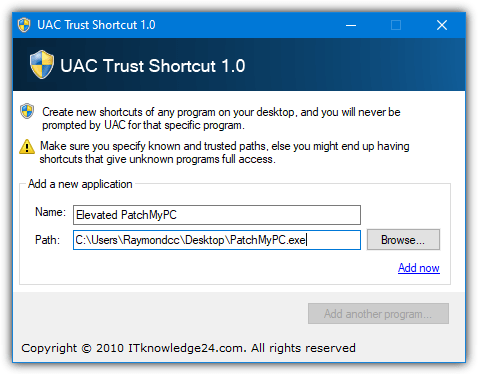
You need to manually start the background service (tracer.exe) whenever you start or log on to Windows or shortcuts will show a UAC prompt. This can be done from the UAC Trust Shortcut system tray icon where you can also open the add new trusted shortcut window. A simple trick to get the tracer.exe service to start automatically on boot is to run it as a scheduled task, refer to option number 5 below for help.
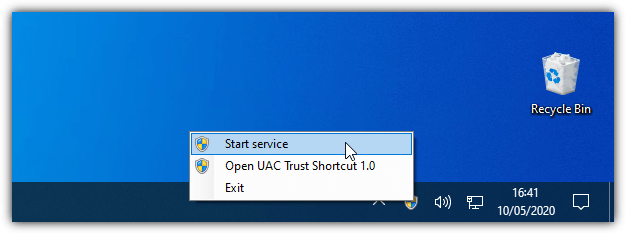
Once the service is running, you can launch as many trusted shortcuts as you want without getting the UAC prompt. A drawback of UAC Trust Shortcut is it doesn’t support options like command line arguments, changing the start folder, or executing batch files. There are separate 32-bit and 64-bit installers so make sure you download the correct one.
Download UAC Trust Shortcut 32-bit | 64-bit
5. Manually Bypass User Account Control Prompts Using The Task Scheduler
If you’re having issues with any of the tools that use the Task Scheduler shortcut to elevate the application, you can always create a scheduled task yourself. It’s not difficult and only takes a minute or two to set up. Here are the steps on how to make a program run elevated in Task Scheduler without the UAC prompt.
1. Click the Start button or press the Windows key, start typing “scheduled” and the Task Scheduler option will appear.
2. Click Action from the menu and select Create Task. Fill in the Name and optionally the Description box. MAKE SURE to check the “Run with highest privileges” checkbox. This is the option that elevates the task to bypass the UAC prompt. Without it, the task and program you are trying to launch will silently fail.
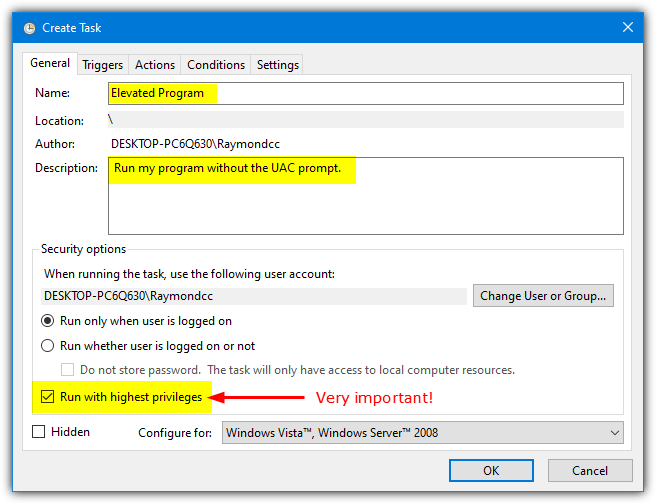
3. Go to the Actions tab and click the New button.
4. Make sure that the “Start a program” action is selected and browse for the program that you want to run without a UAC prompt. Optionally you can also specify any command line arguments and a different starting folder if required. Click OK.
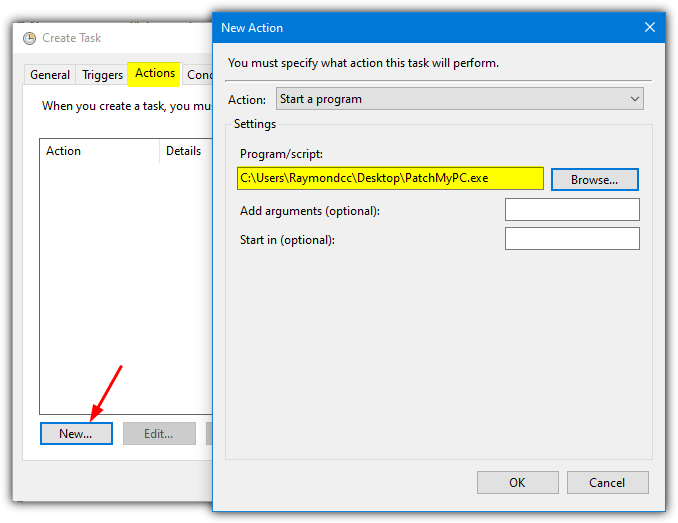
5. This step is optional and the setting should already be enabled by default, but it doesn’t hurt to check. Go to the Settings tab and verify that the “Allow task to be run on demand” box is checked.
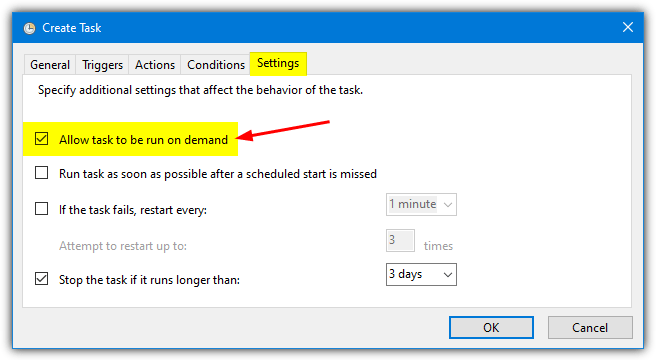
6. Click the OK button to create the task and the task will be added to the Task Scheduler Library. You can manually run the program directly from Task Scheduler, right click on the task and select Run.
7. It’s possible to create a shortcut which is very useful to launch the program on demand. Right click on the Desktop and select New > Shortcut. Type the following into the location box and click Next.
schtasks /run /TN “[Name of task]”
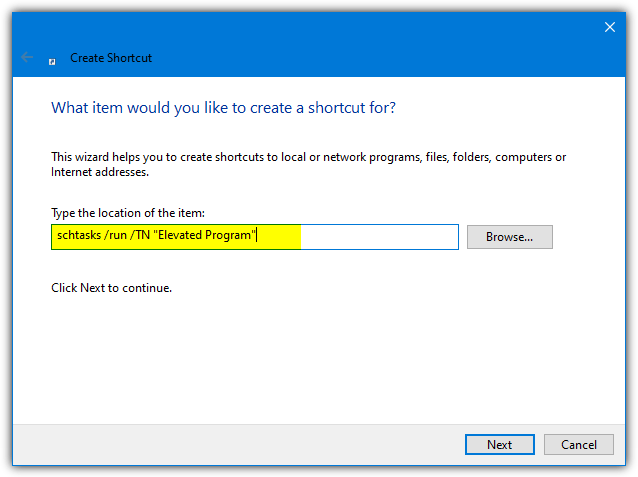
You will obviously need to change the task name in double quotes to the name of the task which you’ve used in step 2. Any name can be used for the shortcut at the next window. Finally, click the Finish button. Whenever you need to run the program without a UAC prompt, simply double click the shortcut which has been created.
Tip: If you want to start the elevated program in question when booting into Windows or during user logon, a simple additional step when creating the scheduled task is required.
After step 5 above, select the Triggers tab and click New. In the “Begin the task” drop down menu, select either “At log on” or “At startup” and press OK. At startup will only run the task during a full boot while log on will run whenever you sign in (which includes after signing out or at boot).
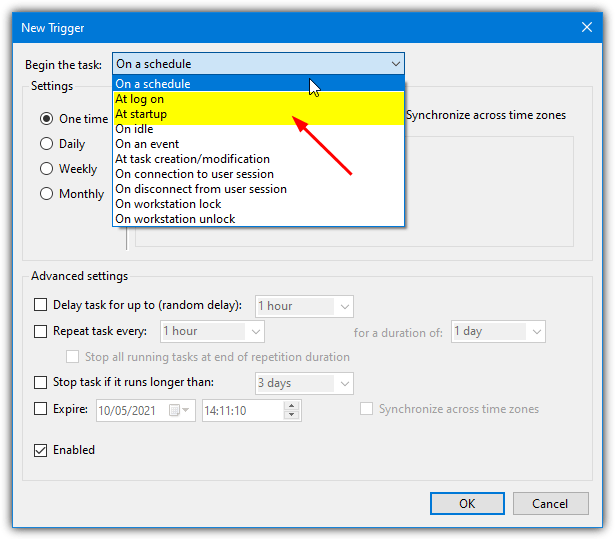
Using this option along with the steps above will allow option 4 (UAC Trust Shortcut) to launch its tracer.exe service silently on startup.
If you totally disable User Account Control, then you don’t need to use these methods. However, it is good to know that there is a way to bypass the UAC restriction using different ways if needed. If you have UAC enabled and would like to keep it that way, or would like to allow another user access to a safe file without needing a prompt, then these tips could be useful if you need to run certain programs that require elevation when they startup.





User forum
49 messages